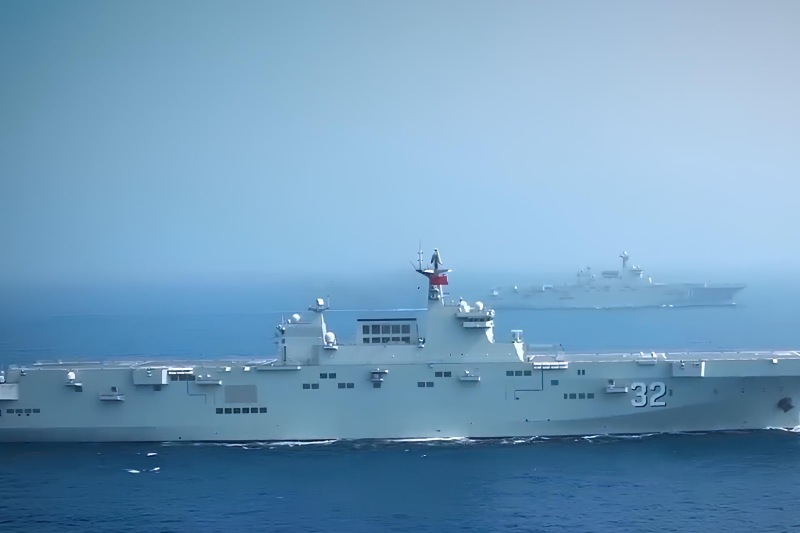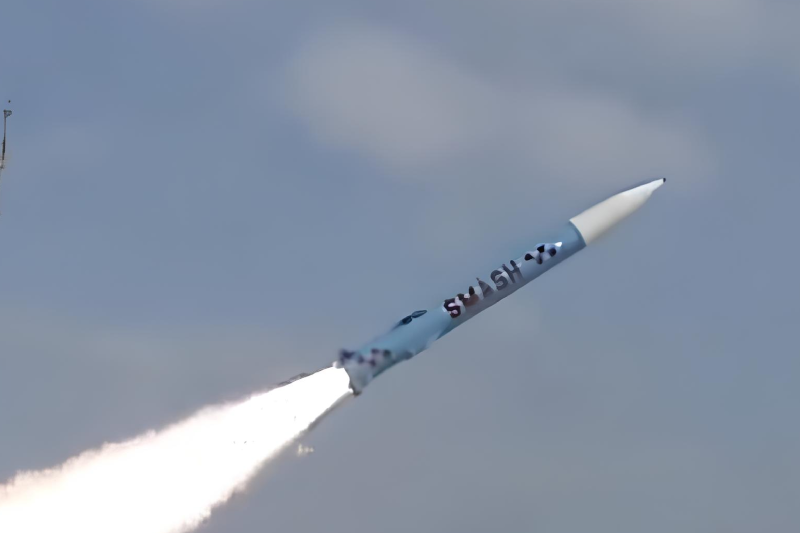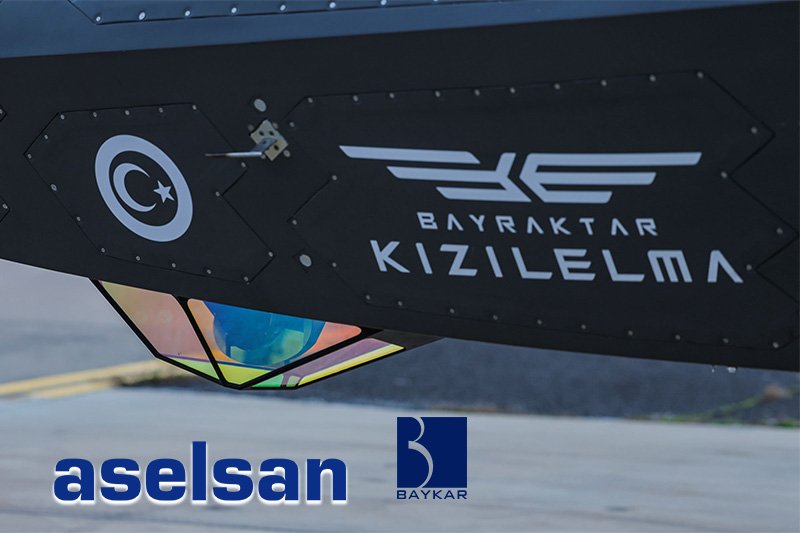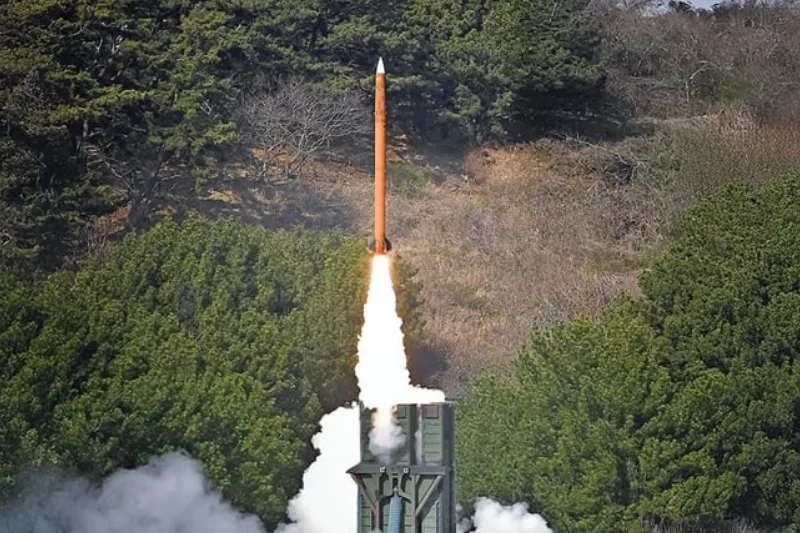South Korea Unveils Next-Gen L-SAM AAM Interceptor
South Korea has publicly revealed its cutting-edge L-SAM AAM interceptor for the first time, marking a significant milestone in the nation’s air defense modernization program. The sophisticated L-SAM AAM interceptor represents a major technological achievement in ground-based missile defense systems, designed to provide comprehensive protection against diverse aerial threats. This groundbreaking revelation showcases South Korea’s growing capabilities in developing indigenous defense technologies while strengthening its strategic position in regional security frameworks.
Versatile Launch System Boosts Flexibility
The L-SAM system features an innovative dual-configuration launcher capable of accommodating both Anti-Ballistic Missile (ABM) and Anti-Aircraft Missile (AAM) variants within the same platform. This versatile design allows military operators to adapt quickly to changing threat environments by mixing different interceptor types based on mission requirements. The flexible launcher configuration represents a significant advancement in air defense system design, providing unprecedented operational adaptability.
Advanced AAM Technology
The newly unveiled AAM variant is specifically engineered to replace the aging PAC-2 GEM-T missile system currently in South Korean service. Performance characteristics closely mirror those of the proven SM-2 interceptor, ensuring compatibility with existing operational doctrines while providing enhanced capabilities. This replacement program addresses critical capability gaps in medium- to long-range air defense, offering improved protection against sophisticated aerial threats.
Collaboration Powers Industry Growth
The L-SAM program represents a successful collaboration between South Korea’s leading defense contractors, with each company contributing specialized expertise. Hanwha Aerospace developed the ABM component, Hanwha Systems created the large AESA radar system, and LIG Nex1 engineered the AAM interceptor. This distributed development approach leverages each company’s core competencies while fostering innovation across the defense industrial base.
Mass Production Phase Begins Implementation
The L-SAM system has officially entered mass production, signaling the transition from development to operational deployment. This milestone represents years of research, testing, and refinement culminating in a production-ready air defense system. The commencement of mass production ensures that South Korean forces will soon benefit from enhanced air defense capabilities while establishing foundations for potential export opportunities.
Naval Variant Development
South Korea is simultaneously developing a naval version of the L-SAM system designed to replace the Korean Navy’s aging SM-series missiles. This maritime adaptation will provide surface combatants with improved protection against both aircraft and missile threats in contested waters. The naval variant development demonstrates the system’s adaptability across multiple operational domains while enhancing South Korea’s maritime defense posture.
International Export Opportunities Emerge
Negotiations for L-SAM system exports are currently underway with several Middle Eastern countries, highlighting international interest in South Korea’s advanced air defense technology. The export potential validates the system’s technical capabilities while providing opportunities for defense industry revenue generation. These international partnerships also strengthen South Korea’s position in the global defense market.
Future L-SAM-II Development
South Korea is already developing the more advanced L-SAM-II system, with potential sales targeted to Poland, Australia, the Philippines, and Northern European nations. This next-generation platform will incorporate lessons learned from the current L-SAM program while introducing enhanced capabilities. The broad international interest demonstrates confidence in South Korean air defense technology and manufacturing capabilities.
Multi-Layer Defense Counters Threats
The L-SAM program forms a crucial component of South Korea’s comprehensive layered air and missile defense strategy. By providing both high-altitude ballistic missile interception and extended-range air defense capabilities, the system addresses diverse threat scenarios. This multi-layered approach ensures robust protection against various aerial threats while maintaining operational flexibility.
Don’t miss this: Russia Unveils Fiber-Optic Drone Launch Vehicle
Regional Security Implications
South Korea’s investment in advanced air defense systems reflects the complex security environment on the Korean Peninsula and broader Northeast Asian region. The L-SAM system enhances deterrence capabilities while providing reliable protection against increasingly sophisticated threats. This technological advancement contributes to regional stability while demonstrating South Korea’s commitment to maintaining strong defense capabilities.
South Korea’s revelation of the L-SAM AAM interceptor represents a significant achievement in indigenous defense technology development, providing enhanced air defense capabilities while establishing foundations for international cooperation and export success in the competitive global defense market.
Join us on Facebook, Twitter, YouTube, Instagram, and TikTok for real-time coverage of defense events worldwide.
Discover more from International Defence Analysis
Subscribe to get the latest posts sent to your email.












